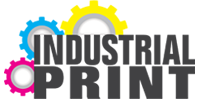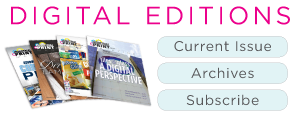Web Exclusives 296
Specific Sets
Traditional ink sets designed for textile printing include acid, disperse, pigment, and reactive. All four ink options have their own advantages and disadvantages, which were discussed in the first part of this article series. Here, we include available textile ink sets by vendor.
Complexity in Aircraft Design, Simplified
Three-dimensional (3D) printing technologies provide the...
The End of the Fabric Process
Print and finishing go hand in hand. For textile manufacturing...
Automation in Cutting
Digital cutters used for finishing textiles are advancing rapidly as...
Avoiding Complexity While Cutting Weight
Participants in the aerospace industry turn to additive...
Leveraging DMP
Long-term partnerships between vendors and their...
Hitting the Rails
Prototyping is a common use of three-dimensional (3D)...
Smart Printing
Printing directly to pre-manufactured objects using...
Cutting it Close
Wide format sign shops may consider offering labels as an add-one...
Finishing Digital Labels
Digital production remains just a fraction of the overall label...
Categories
News
11.18.2025 EOS, the leading supplier of responsible manufacturing solutions and a global pioneer in laser powder bed fusion (LPBF) additive manufacturing...
11.18.2025 Today at Formnext 2025, HP Additive Manufacturing Solutions (HP AM) announced a series of new innovations and collaborations...
11.17.2025 Stratasys Ltd. announced today that it is strengthening its additive manufacturing (AM) industry leadership position...
11.13.2025 Euler, the Icelandic software startup that leverages deep AI ...
11.13.2025 Xaar, a leading manufacturer of industrial inkjet printheads and technology, has enhanced its fluid development and optimisation process...



